Cabooses (no, not cabeese) were a common occurrence on freight trains throughout most of the 1900s, yet we rarely see them today. Why is that? When did they stop operating? Where did they go? And lastly, how can I model the last days of the caboose on my layout?
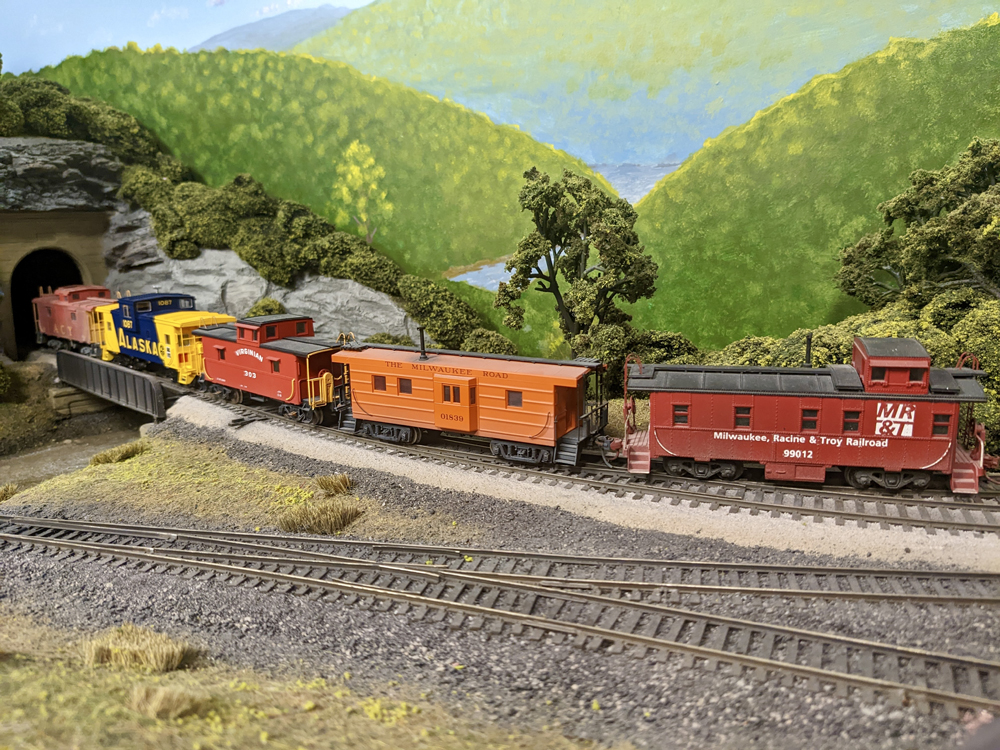
Why?
In one word: technology. Advances in technology meant that the jobs of the conductor and brakeman in the caboose were obsolete. Roller-bearing trucks started replacing solid-bearing trucks at the end of World War II, drastically reducing the threat of hotboxes. Wayside detectors, such as hotbox and dragging equipment detectors, were placed throughout the system, eliminating the need for eyes in the back of the train. Signal systems like Centralized Traffic Control (CTC) and block signals, as well as hand-held radios, took most of the rear brakeman’s job away on road trains. The final nail in the coffin was the introduction of the End of Train device (EOT). This device monitors different factors, such as brake pressure, and has a flashing red light warning of a train’s presence. Newer, smarter EOTs can even send GPS signals and apply emergency braking to the train.
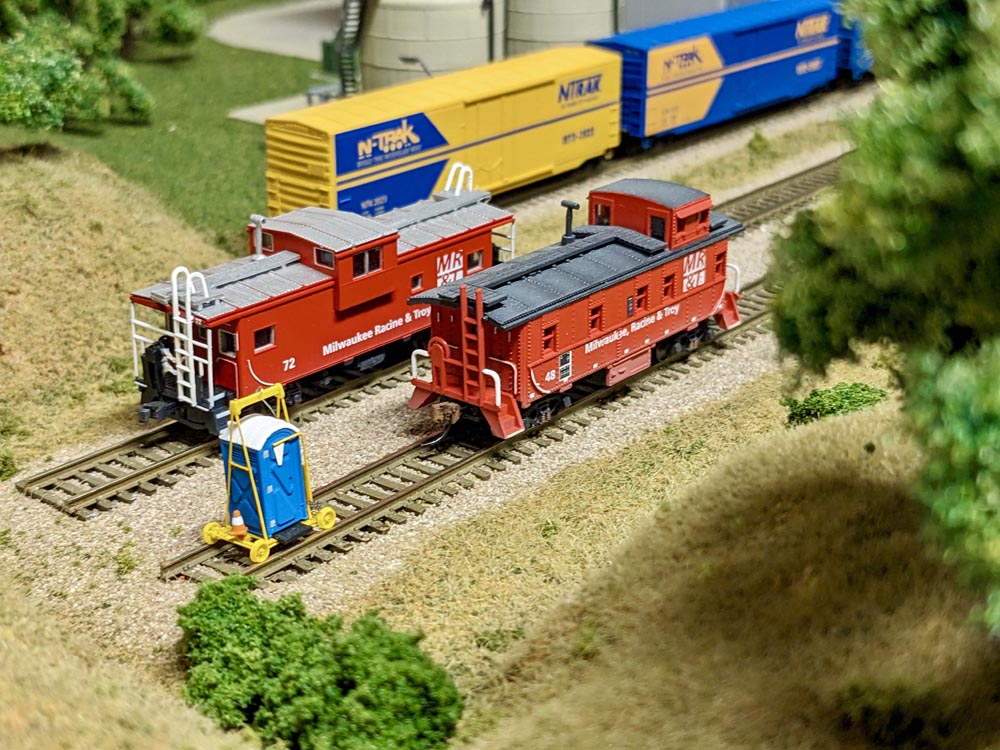
When?
The Florida East Coast began using EOTs in 1969, but it wasn’t until the 1980s that the rest of the country caught on. The use of the end-of-train device was codified in the 1982 United Transportation Union (UTU) national agreement. Cabooses were leaving the railroads en masse by the mid-1980s. The railroads retained a few of their cabooses for jobs such as transfers, locals, and as living quarters. Check out seven unorthodox uses for cabooses here.
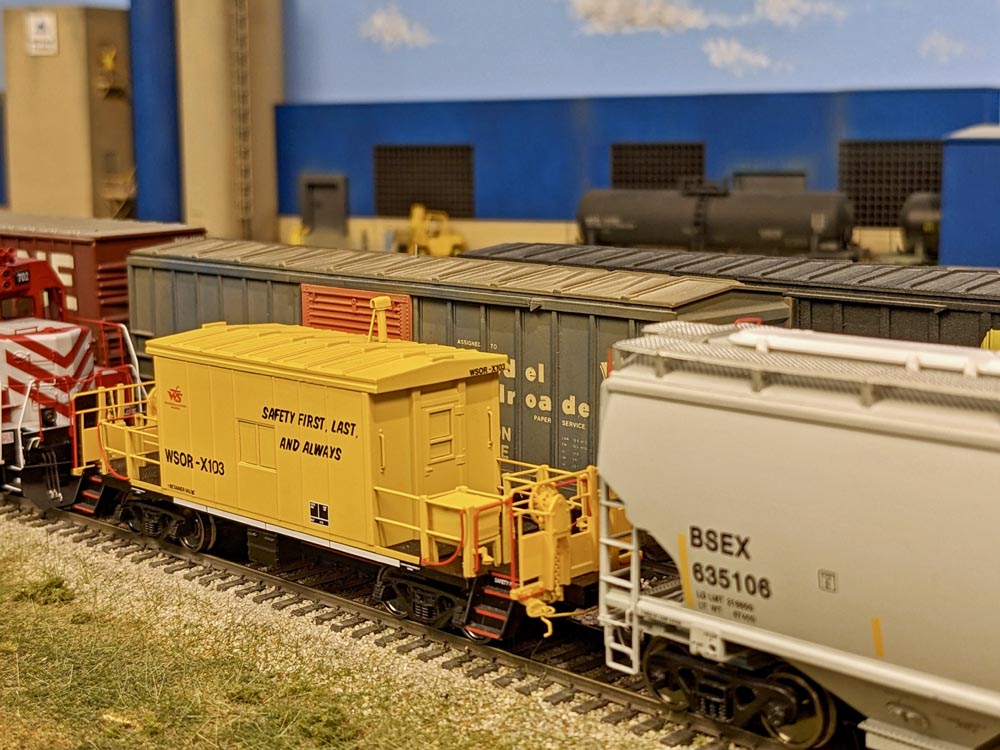
Where?
Unfortunately, a majority of the cabooses around by the 1980s were sent to the scrap yard. Lines of cabooses could be seen at major yards with only one destination in sight. As mentioned above, the railroads kept some cabooses for various specialty uses. Many wound up in the hands of railroad museums, businesses, and private collections. Athearn recently announced a run of caboose-turned-businesses, due to release in 2024.
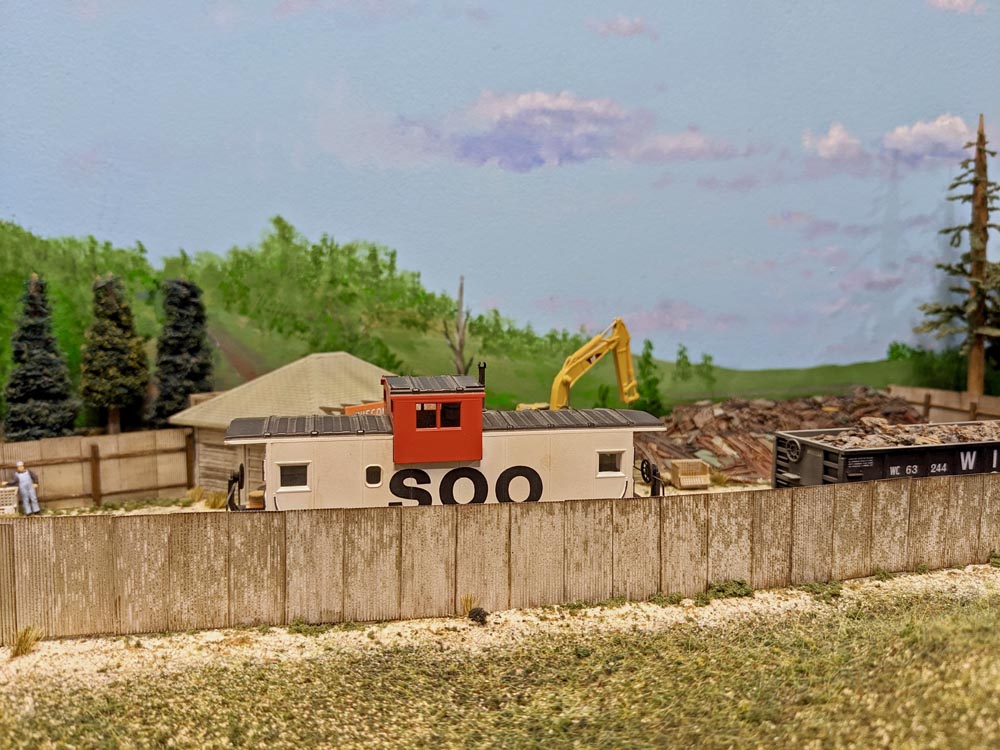
How?
This is the fun part; how can you model cabooses on your layout during this transition period? Sparingly. Since the railroads had no use for major servicing facilities, a caboose track on your layout may only need to hold one caboose. The transition between cabooses and EOTs was quicker than the transition between steam and diesel, but if you model the mid-1980s, it could be prototypical to have some road trains run with a caboose and some with an EOT. To prototypically model the era, but still display cabooses that you have, you could place them all on one yard track. And if you model the modern era, cabooses are still used as shoving platforms and in excursion service. The caboose modeling possibilities are virtually endless.
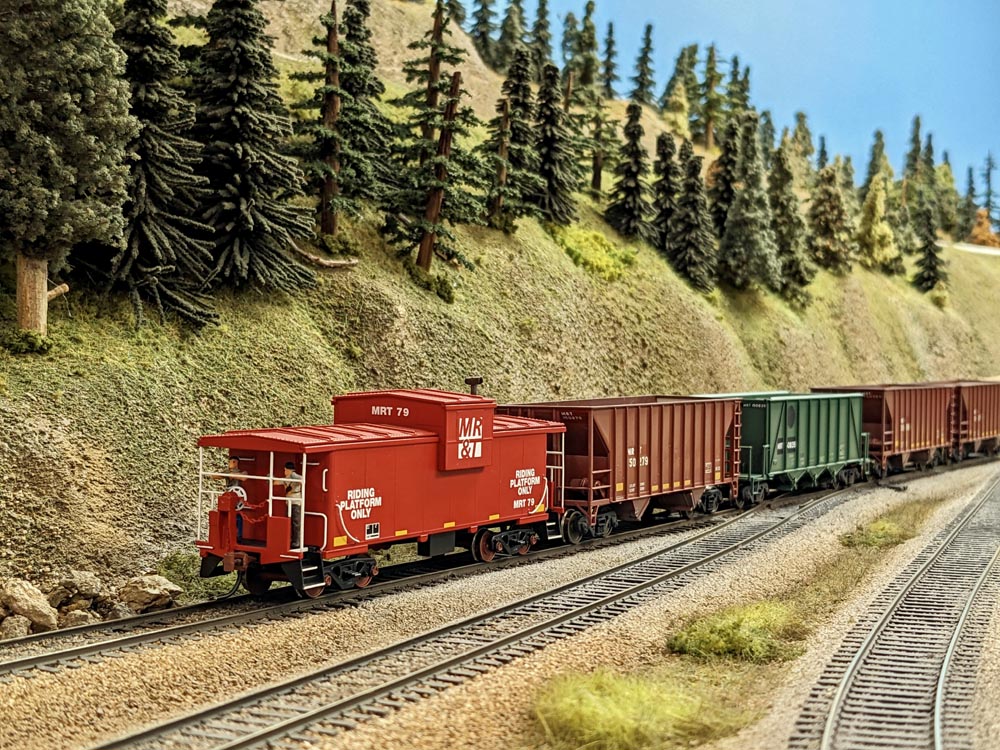








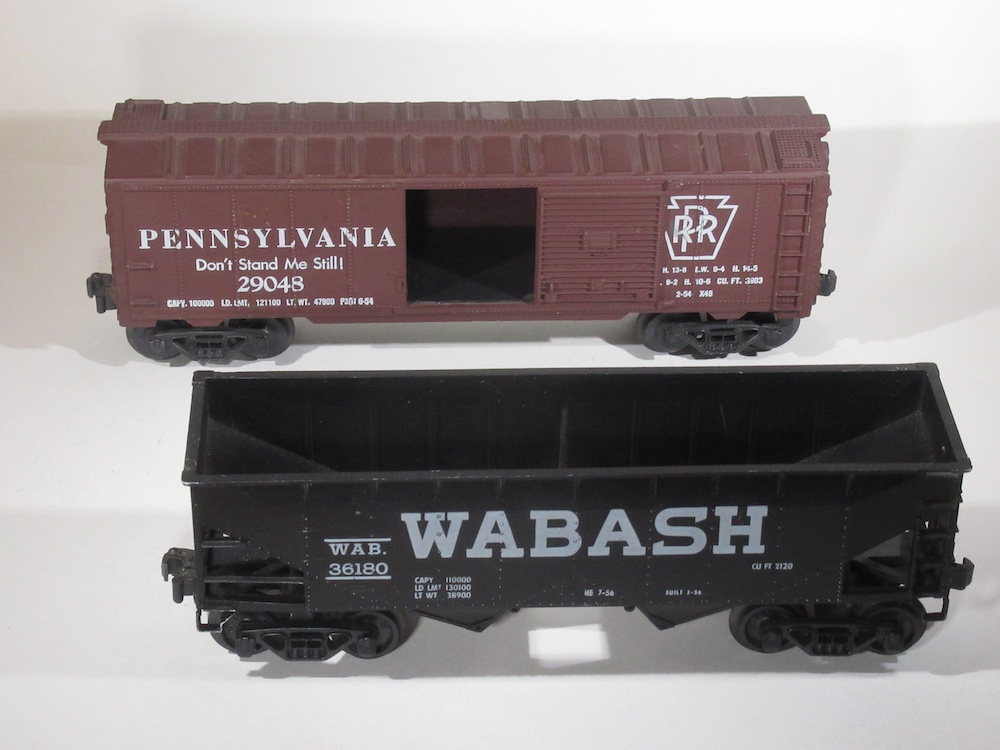





What is the purpose of a “shoving platform” ?
Switch crews with extended (shoving) reverse moves will utilize a shoving platform to increase brakeman, or, now a days, conductor safety. They have a place to stand instead of hanging off the side of the car on the grab irons. they can also have a “tail hose” valve to whistle grade crossings and apply brakes from the end of the cut of cars.
When I travel on Amtrak traveling between Orlando, Florida and New York City to visit relatives and friends I see plenty of small towns in the South where our train passes through that have preserved cabooses next to their stations and on town squares and local parks The cabooses are well preserved and have been restored to their former glory and now serving a new role as museum pieces and preservers of railroad history. Model railroaders can do the same on their layouts by setting up a display track next to the town station or even in a park or town plaza and have a model caboose or two on display for the town citizens to enjoy and also preserve a bit of history in minature scale. Joseph C. Markfelder